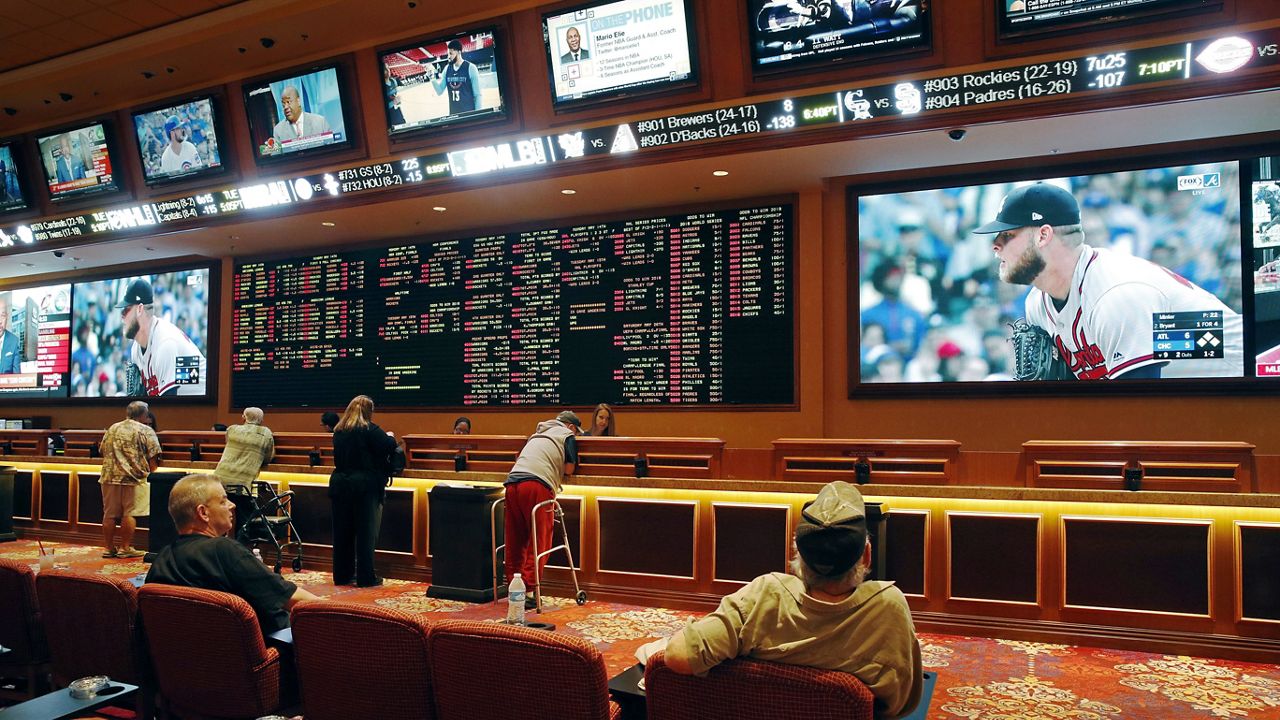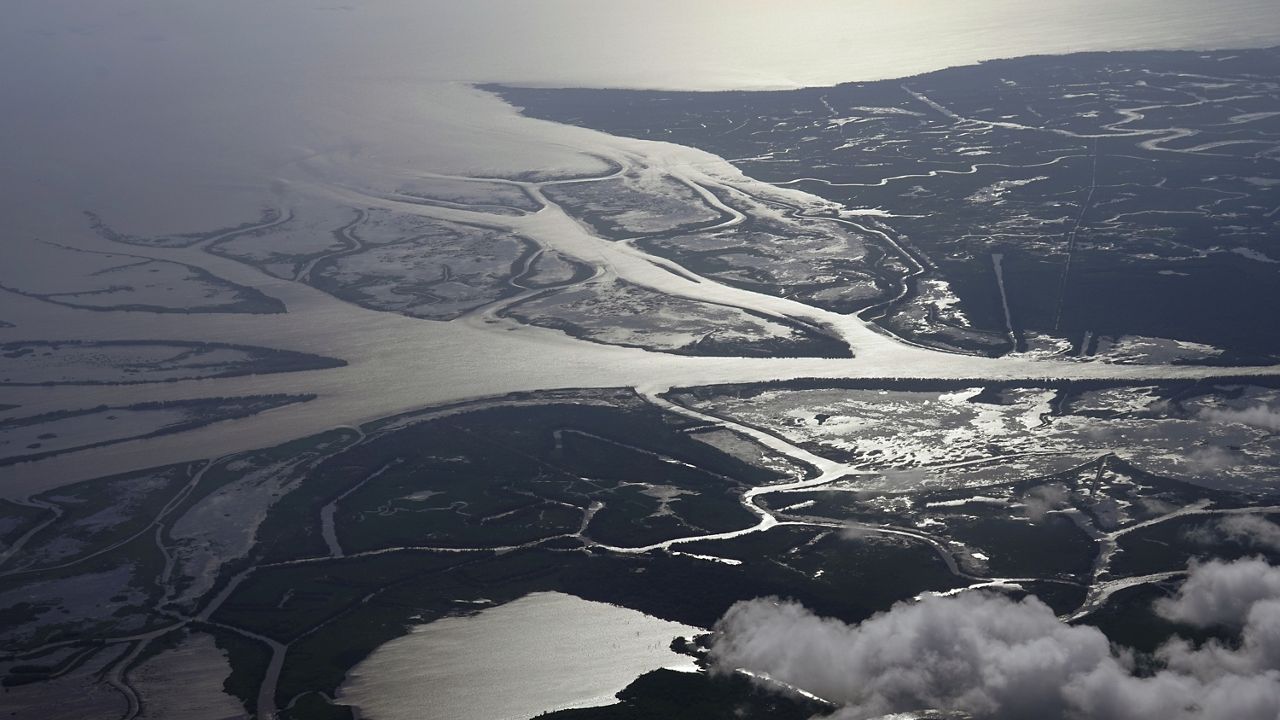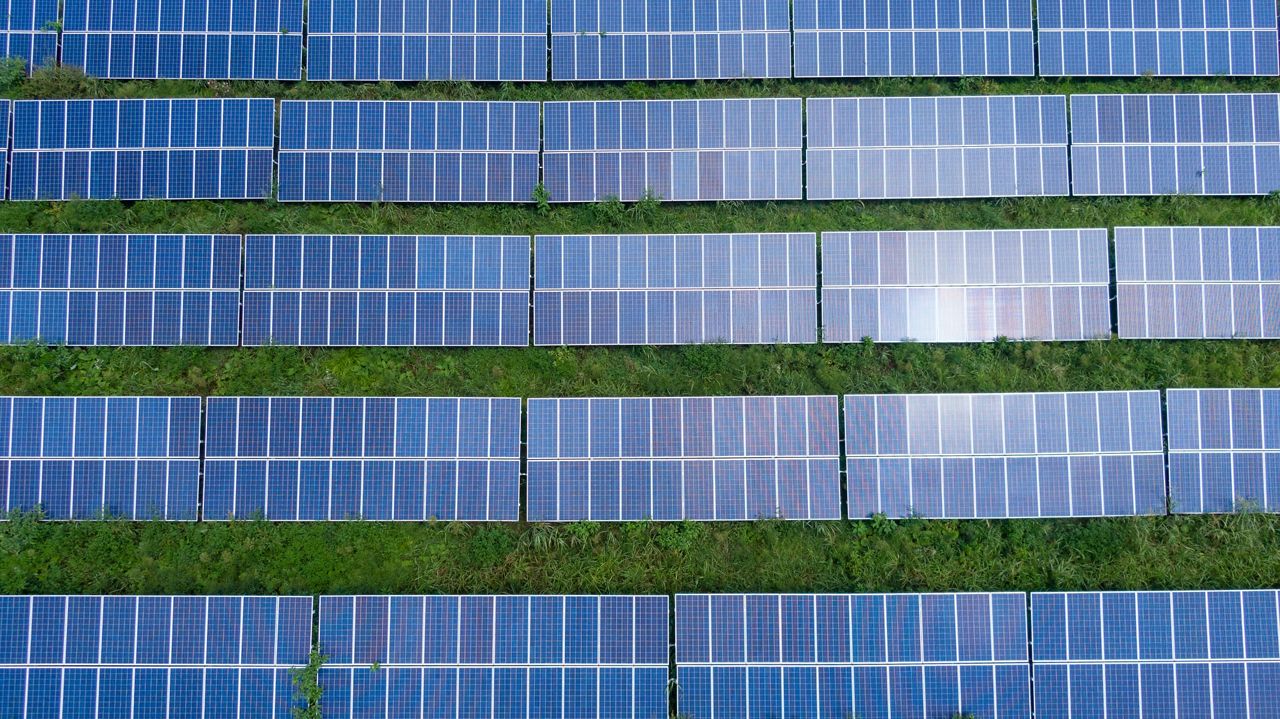Now that it's winter, it’s time to prepare yourself to fork out some extra money each month on your energy bill. When it gets cold outside, turning on the heat is necessary, but it can become costly.
It depends where you live, but most people see a spike in their energy bill during winter and summer when it’s time to heat and cool your home. But which is more expensive?
According to the U.S. Department of Energy, heating your home uses more energy and costs more money than any other system in your home, making up almost 1/3 of your winter utility bill. Heating homes in the U.S. also uses more than four times as much energy as cooling.
There are a few reasons for this. One of them? The temperature difference between the inside and the outside of your home during winter and summer. The bigger the temperature difference, the harder your HVAC system has to work.
In the summer, that temperature difference in a warm-weather city between the inside and outside can be as high as 15 to 25 degrees on average, even higher in extreme cases. In the winter, the temperature difference in a cold-weather city between the inside and outside is much more significant than that.
Take Louisville, Ky., for example, a city that sees cold winters and warm summers. You can see the average temperature difference between the inside and outside during winter and summer is a significant difference.
Another reason is the process of heating versus cooling. Air conditioners remove heat from your home using electricity. It’s not creating cooler air, just displacing the excess heat from inside to outside.
Electric heating systems have to create heat for your home, which takes more work to convert electrical energy to heat. Depending on your home, heating systems can also run on natural gas, fuel oil or propane. Those fuel options can become more expensive than the price of electricity.
Everyone has a preference on what to set the thermostat at. It’s usually a balance between comfort inside your home versus conserving energy and saving money. The U.S. Department of Energy suggests that the ideal thermostat setting in the winter is around the upper 60s, and the mid-to-upper 70s during the summer.
One of the best ways to conserve energy and save money is to minimize the temperature difference between the inside and outside. In the winter, it may mean putting on some additional layers inside or lighting the fireplace. In the summer, it could mean turning on some fans to stay cool.
Here are some other tips on how to conserve energy and save some money on your utility bill during the winter and summer.
Our team of meteorologists dive deep into the science of weather and break down timely weather data and information. To view more weather and climate stories, check out our weather blogs section.
Reid Lybarger - Digital Weather Producer
Reid Lybarger is a Digital Weather Producer for Spectrum News. He graduated from Florida State University in 2015 with a Bachelor's of Science in Meteorology. He began his career in local TV news working across Mississippi, Louisiana and Florida for 7 years prior to joining Spectrum in 2022. He's excited for the opportunity to continue to inform the public about the latest weather news with Spectrum.









